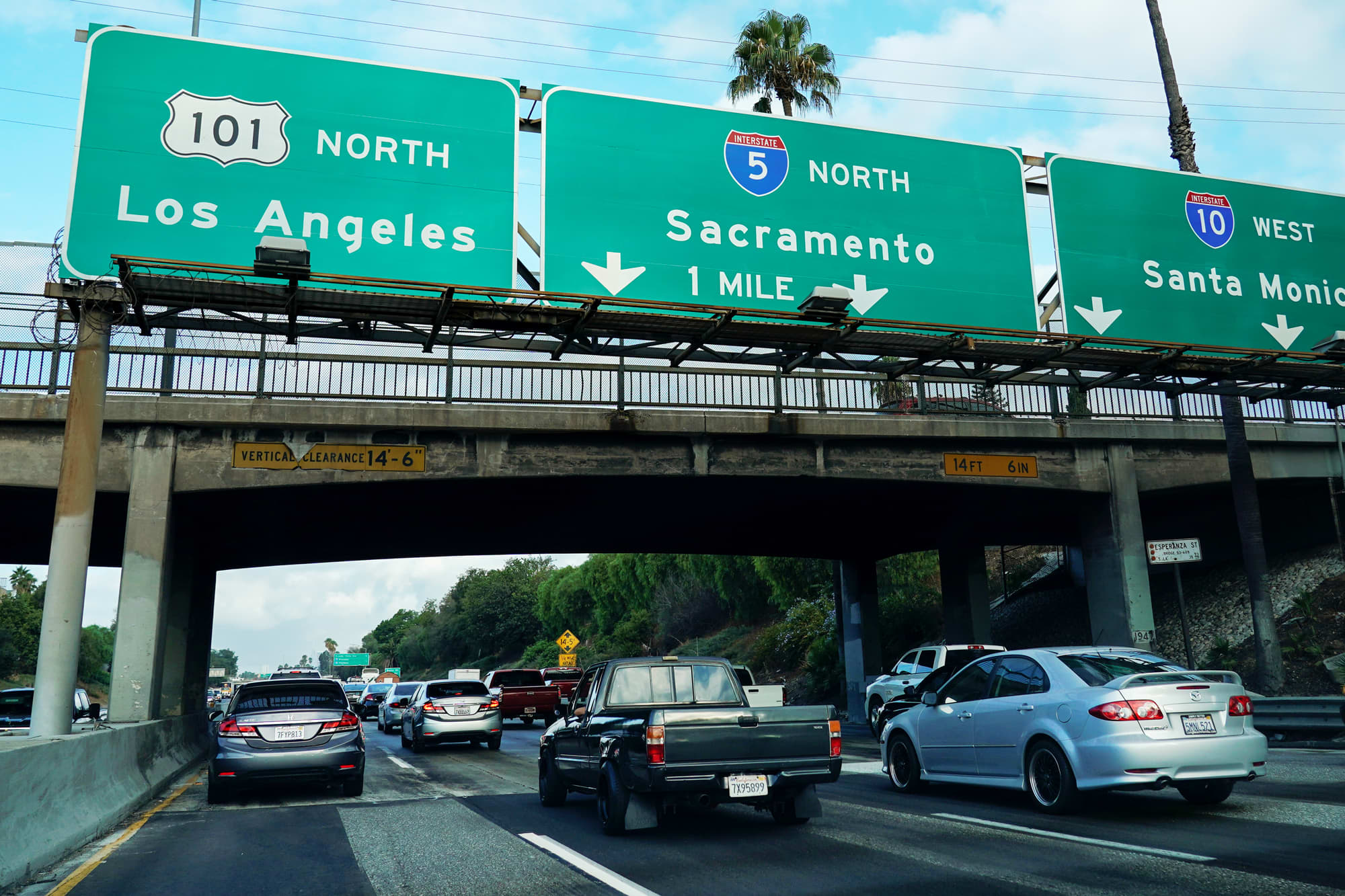Covid-19 forced Google to change how it predicts traffic in Google Maps

Morning traffic makes its way along a freeway in Los Angeles, California, September 19, 2019.
Mike Blake | Reuters
Google on Thursday explained in a blog post how Covid-19 has forced it to rethink how it predicts driving conditions, like traffic, for people who use Google Maps.
For the past 13 years, when you started a route in Google Maps, Google provided an estimated time of arrival based on years of data and intelligence from DeepMind.
Pre-coronavirus, your morning commute may have been about an hour, taking into condition years of information that Google knew about weather, potential accidents and roads along your route. But, Google found global traffic dropped 50% after lockdowns started earlier this year, so that method doesn’t work anymore.
Since Covid-19 broke out, Google said it had to deprioritize older traffic data and has changed its models to first prioritize traffic patterns from the last two to four weeks. That means it should continue to be reliable through the pandemic, especially if areas start to open up gradually over time.
So far, Google’s ETA predictions in Google Maps have been accurate for over 97% of trips, the company claims.
